To protect the ecology, the national government designates a certain area as a national park. A national park may be created for the enjoyment of the general public, for scientific or historical reasons, or both. The majority of the natural habitats found in national parks, along with the flora and fauna that inhabit them, are preserved. Below mentioned are the top 10 National Parks in India.
According to the IUCN (International Union for Conservation of Nature), India’s national parks are classified as class II protected areas. In the region now known as Jim Corbett National Park in Uttarakhand, India’s first national park was founded in 1936. India has only five national parks by 1970.
In 1972 and 1973, respectively, India launched Project Tiger and the Wildlife Protection Act to protect the habitats of the animals whose survival depends on conservation.
India had 106 national parks as of December 2020, which accounted for 1.35 percent of the country’s total land, or 44,378 km2 (17,134 sq mi), according to the National Wildlife Database.
In addition, 75 new National Parks are suggested by the Protected Area Network Report to cover an additional 16,608 km2 (6,412 sq mi). When the aforementioned study is fully implemented, there will be 176 more parks.
As per the guidelines set forth by the Indian Ministry of Environment & Forests, a national park is defined as any area that the state government may designate as a national park because of its ecosystem, faunal, floral, morphological, or zoological association or importance, necessary to safeguard, develop, or preserve wildlife here anyway or in its environment, whether it is inside.
The national park prohibits any human activity unless authorized by the chief wildlife warden of the state and by the guidelines outlined in Chapter IV of the WPA 1972.
The Top 10 National Parks in India
- Jim Corbett National Park
- Ranthambore National Park
- Kaziranga National Park
- Sunderban National Park
- Kanha National Park
- Bandhavgarh National Park
- Pench National Park
- Nagarhole National Park
- Periyar National Park
- Hemis National Park
Jim Corbett National Park
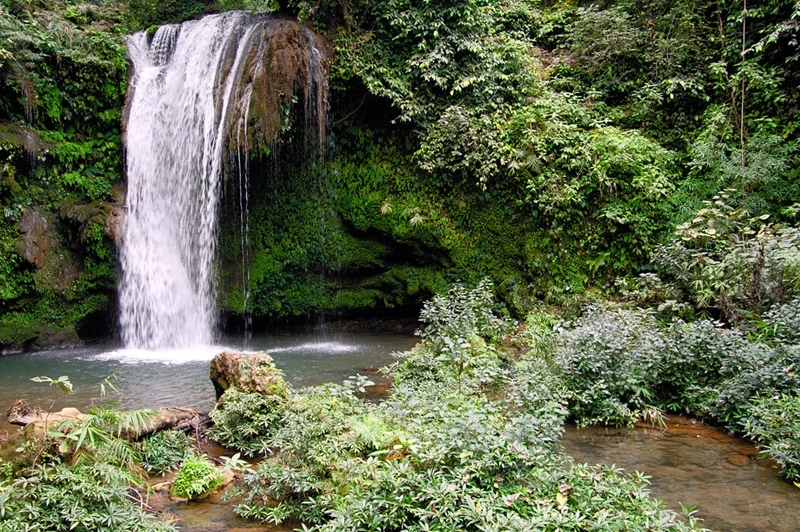
A unique slice of Indian history, the Jim Corbett National Park is home to an abundance of birds, reptiles, animals, and other wild creatures.
This national park, which is located in the Nainital area of the state of Uttarakhand, attracts tourists from all over the world with its profusion of rare wildlife, which includes elephants, tigers, and many other species.
India’s oldest and most well-known national park, Corbett was first established in 1936 as Hailey National Park. It is renowned for having hosted the 1973 launch of Project Tiger.
The Corbett National Park is always open to visitors from the Jhirna district and is a refuge for wildlife enthusiasts. The central zone (gate) of the National Park is Dhikala, which opens on November 15.
The Bijrani zone will be open for entry from the middle of October. The routes to Bijrani and Dhikala have been swept away during the rainy season. For this reason, some places are closed off at this time.
Summer is the best season to watch animals as they are out and about in the forest. Visitors may experience the entire gamut of forest activities during the winter.
Jhirna and a few other buffer zones remain accessible this season. To see the entirety of Jim Corbett National Park, November 15 to June 15 is the best time to come. It is forbidden to drive in Corbett at night since the zones close at sunset.
Ranthambore National Park
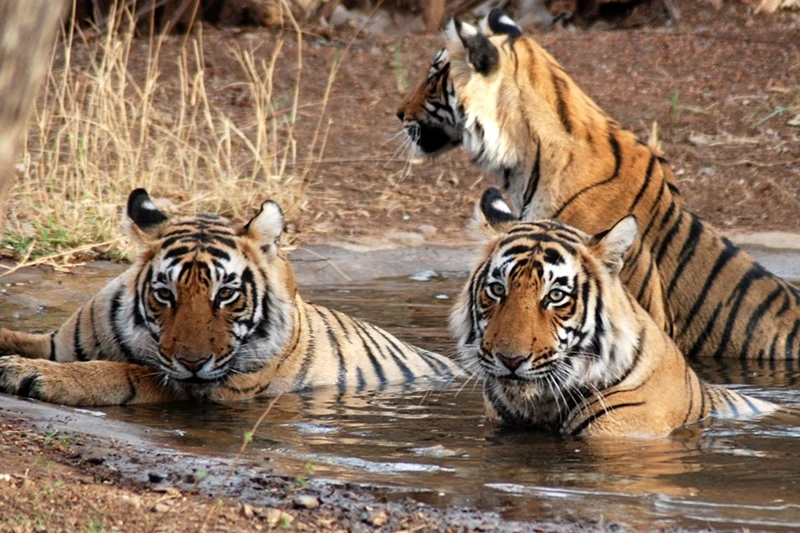
Ranthambore is one of the biggest and one of the top 10 national parks in Northern India. Situated in the Sawai Madhopur district of southeast Rajasthan, the park is 130 kilometers away from Jaipur.
1,334 km makes up the whole area (515 sq mi). Their boundaries to the north and south are established by the Banas and Chambal rivers. The park’s name comes from the famed Ranthambore Fort, which is situated there.
Ranthambore National Park, once considered one of the most famous and exclusive hunting grounds of the Maharajas of Jaipur, has become a popular tourist destination that attracts a lot of wildlife enthusiasts and photographers.
The Ranthambore National Park is open to visitors during the hours set aside for safaris from October 1 to June 30 of each year.
From July through September, the park is closed to visitors due to the rainy season. November through April are the best months to visit Ranthambore because of the pleasant weather and the ease with which you may observe the animals.
From October through June, there are two safaris per day, one departing early and the other in the late afternoon. The park is verdant and teeming with wildlife following the rain.
Kaziranga National Park
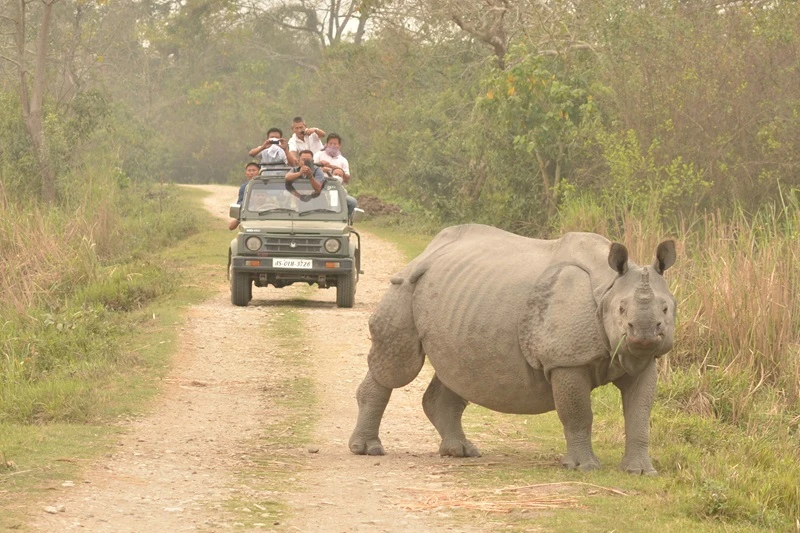
In 1985, Kaziranga National Park and Tiger Reserve earned its place among the Top 10 National Parks in India as a UNESCO World Heritage Site. It remains home to the largest population of one-horned rhinoceroses worldwide.
Two-thirds of all one-horned rhinos in the world are found in the national park. Kaziranga, located in the state of Assam in northeastern India, is ideal for adventurous travelers because it is situated far away from popular tourist destinations.
It lies hidden in the Eastern Himalayan foothills, an area renowned for its unique biodiversity and pristine natural splendor. The park is traversed by the Brahmaputra, Diphlu, Mora Diphlu, and Mora Dhansiri rivers.
Blind Ganges river dolphins can be seen during a river safari on the massive Brahmaputra River, which borders the park to the north. Exploring Kaziranga National Park via jeep safari is the best way to see the park.
Jeeps travel along a set route, with a few stops along the way where you can get out of the car. The safari route at each range takes around two hours, and many tourists try to see two ranges in one day.
Sunderban National Park
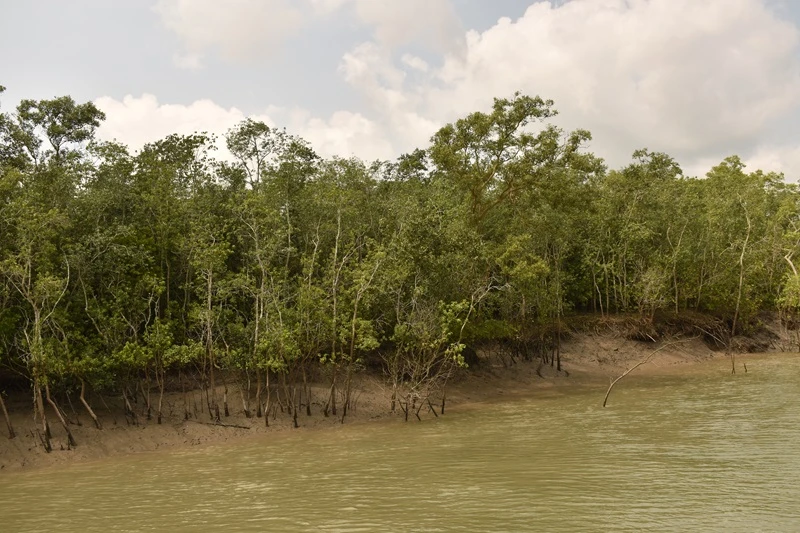
Because of the tidal cycles that occur naturally, Sunderban is a unique forest that is always changing. With 56 forested islands spread across 4,266 square kilometers, the mangrove forests represent the biggest contiguous halophytic mangrove environment in the world.
Additionally, it is a globally significant wetland that was inducted into the United Nations Educational, Scientific, and Cultural Organization’s (UNESCO) World Heritage List in 1987. For huge mammals like water buffalo and tigers, among others, it is a difficult habitat.
Approximately 300 species of birds, 7 amphibian species, 59 reptile species, 165 fish species, and 64 crab species are supported by this environment.
Kanha National Park
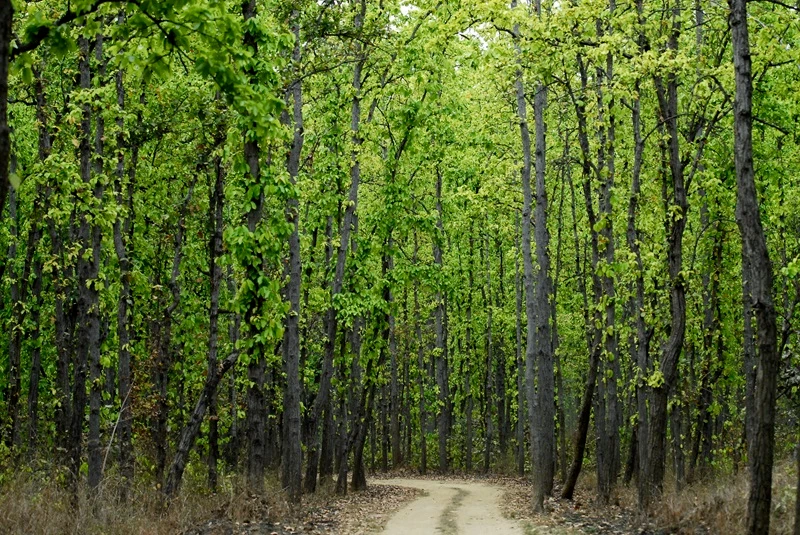
Ranked among the most well-liked parks for tiger safaris in India, Kanha National Park is a gem in the history of Indian wildlife and also one of the top 10 National Parks in India.
The Jungle Book, written by Rudyard Kipling, made Kanha famous all over the world. His stories of jungle legend drew directly from the National Park’s plants and animals, both in text and artwork.
The largest national park in the state of Madhya Pradesh is Kanha National Park. The rise in wildlife populations can be attributed to the work done in 1955 by conservationists.
The 362 square kilometer National Park is located between the valleys of Banjar and Halon. Evergreen sal woodland in Kanha National Park is renowned for tiger sightings.
Bandhavgarh National Park
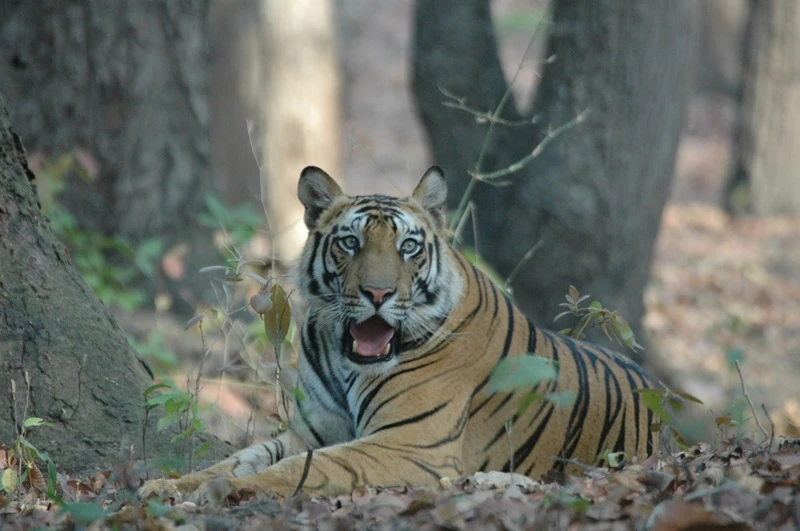
Of all the states, Madhya Pradesh has the highest concentration of tigers in the wild, with 526. Due to its high tiger density, Bandhavgarh National Park serves as a major source of tigers that are dispersed to nearby protected areas such as Sanjay Dubri, Achanakmar, Kanha, and the Palamu Tiger Reserve.
Following independence, the Maharaja owned Bandhavgarh privately until 1968, when he donated it to the state to become a National Park.
Around 2000 years ago, man created caverns with rock paintings and inscriptions can be found near Bandhavgarh.
The regal Bengal tiger, together with 250 kinds of birds, 80 species of butterflies, and 37 other mammal species, may be found in Bandhavgarh National Park, which was formerly the hunting area of the maharajas.
Pench National Park
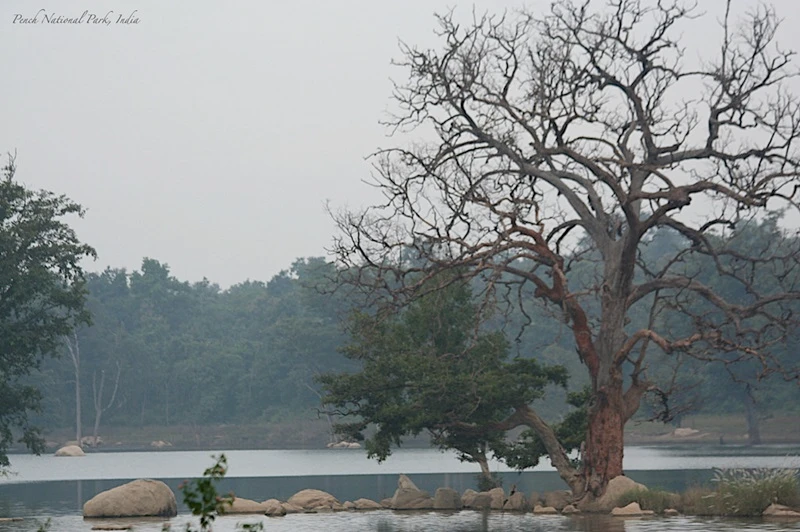
The river named “Pench” is from where the name of Pench National Park originates. In these woodlands, Rudyard Kipling’s characters from The Jungle Book come to life.
Any wildlife enthusiast must visit this place because of the fabled Tigress Collarwali, or (T-15), and the recent reports of a Melanistic Leopard or Black Leopard.
In 1983, Pench National Park attained national park status, and in 1992, it was included in Project Tiger. It is 1179 square kilometers in total, of which 411 square kilometers are the forest’s core and 768 square kilometers are its surrounding buffer.
Pench’s forest can be classified into three types: mixed forest, southern tropical wet forest, and southern tropical dry deciduous Teak forest.
Nagarhole National Park
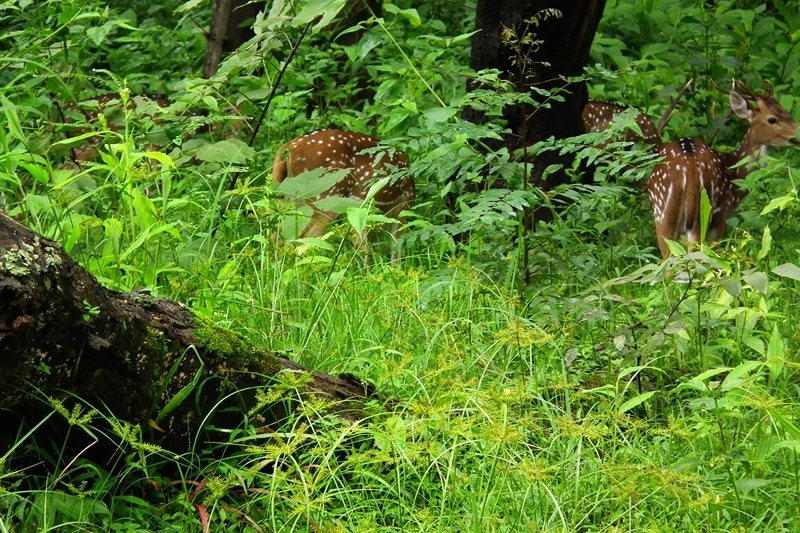
The river Nagarhole, which flows through the park’s east central region, is the source of the park’s name. In 1955, the sanctuary occupied 258 square kilometers. It now covers an area of 643.39 sq. km. It was designated as a National Park in 1983. Previously, it bordered regions of the Mysore district.
Together with Bandipur National Park (875 sq. km.), Mudumalai Wildlife Sanctuary (325 sq. km.) to the southeast, and Wayanad (350 sq. km.) to the southwest, Nagarahole National Park is a part of the Nilgiri Biosphere Reserve and is one of the last and best-protected habitats for endangered species like tigers and elephants.
In addition to being an Important Bird Area (IBA), Nagarhole National Park is home to over 300 different bird species, some of which are endemic to Southern India.
Periyar National Park
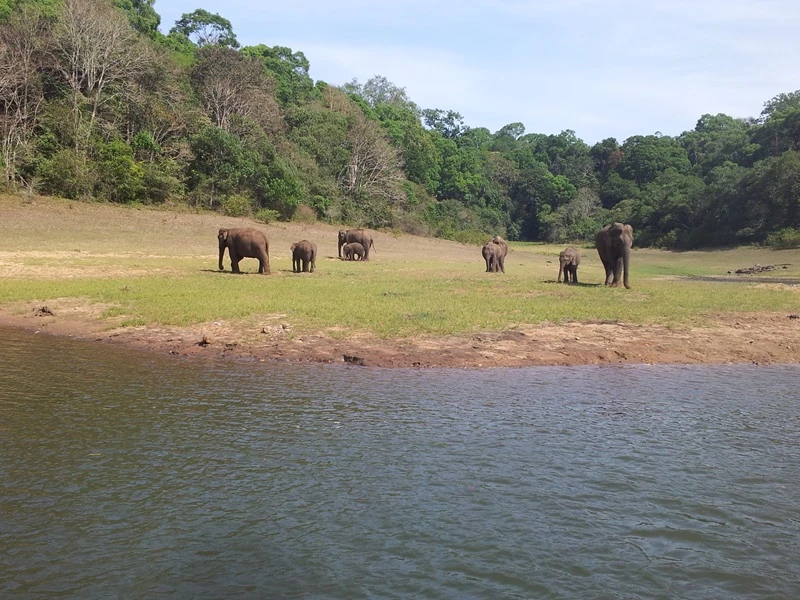
The best-protected reserve area in India is the 257 square mile Periyar National Park in Thekkady, Kerala. Beautiful elephants, majestic tigers, an abundance of fish, reptiles, birds, and other creatures may all be found in this magnificent park.
The park is well known for its peace, verdant surroundings, and remarkable blend of adventure and beauty. It is maybe the biggest national park in India.
The region attracts thousands of tourists annually due to the range of activities. Boat trips, jungle excursions, and ecotourism activities including border hiking, jungle patrol, bamboo rafting, bullock cart tours, Periyar Tiger Trail, jungle camp, and jungle inn are among the options available to you.
The months of September through June are the best times to visit Periyar National Park. The Periyar and Pamba, two significant rivers in Kerala, receive the majority of their watershed from the park.
It serves as a storehouse for rare, indigenous, and threatened flora and fauna. The rainy monsoon season brings with it an abundance of luxuriant foliage that covers the national park from late September to early October. The weather is still lovely and the scenery is getting greener.
Hemis National Park
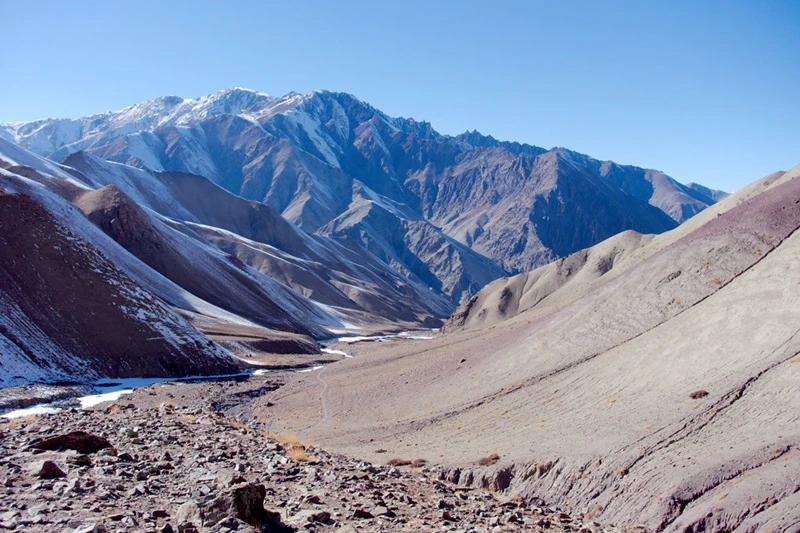
One of the top 10 National Parks in India, Hemis High Altitude National Park, is located in Ladakh (Jammu Kashmir area) on the banks of the Indus River.
It was included in the conservation project that aims to preserve the environment of the mountains, its base of prey, and unusual species. The well-known Hemis monastery in Ladakh is next to this national park. There may not be many lodging alternatives available other than tents and dorms.
see the stunning Hemis National Park and spot snow leopards. Trekkers make up the majority of the visitors. Himalayan weasels, blue sheep, wolves, red foxes, woolly hares, golden eagles, Himalayan griffons, and other well-known species can be found in the area.
Leh is the starting point for road access to Hemis National Park. I would only add that because of the high altitudes, this park visit is better suited for serious adventure lovers; therefore, please ensure you meet the necessary physical requirements.
Conclusion
To visit the top 10 national parks in India a singular chance to discover the varied ecosystems and fauna of the nation.
India’s national parks are a wildlife lover’s dream come true, home to species like the majestic Bengal tigers and the elusive snow leopard. Visitors will be in awe of the breathtaking scenery of the Himalayas and the lush rain-forests of the Western Ghats.
Experience the richness and beauty of India’s natural reserves by making travel plans today. To get up close and personal with the wildlife, go on a safari excursion or explore the national parks and wildlife sanctuaries on foot. There’s plenty to do and places to stay, so there’s something for everyone.
Take advantage of the opportunity to discover India’s natural treasures. Make lifelong memories when you visit India’s top ten national parks.
